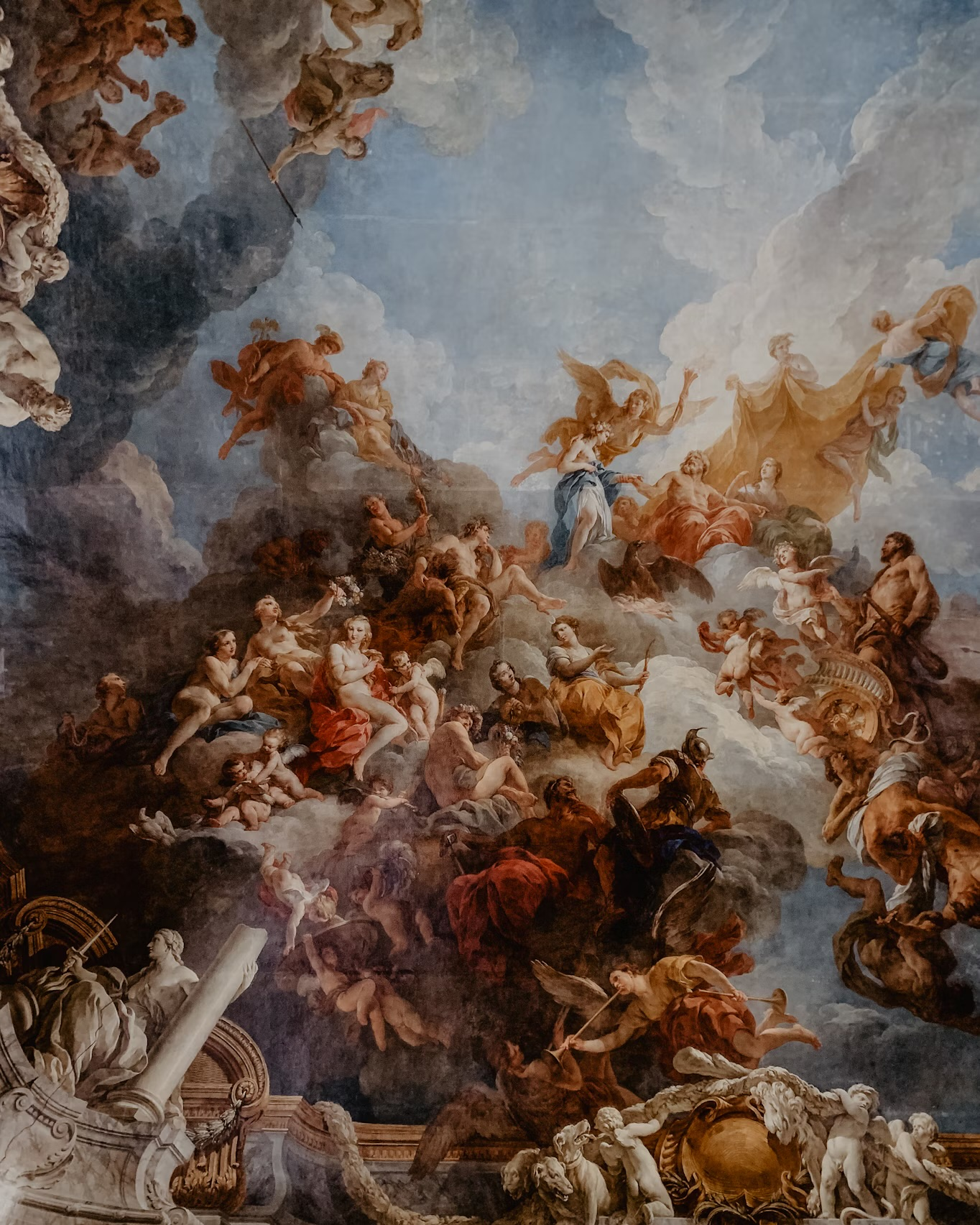How the Renaissance Continues to Shape Art
Photo by Unsplash
Many people know about popular Renaissance art, such as the “Mona Lisa,” “The Birth of Venus,” or “The Swing.” However, few people understand the significance of Renaissance art and the time period. The Renaissance style became highly notable, marking an era of rebirth, as the name suggests, while exploring themes beyond religious identity and social class. This 18th-century French art is known for its emphasis on individualistic values and stunning, realistic yet dream-like style. Renaissance art depicts personal concepts, whether portraits of people or depictions of landscapes. They conveyed values and dreams unique to the individual artist. Before this period, art was mainly used to document proof of a person's reign through commissioned portraits or to display wealth. As this era flourished, its implementation of naturalism and awareness of the human lifestyle grew and became increasingly influential on artists during this period of progress.
Artists incorporated different emotions, practices, and beliefs into their art as self-expression. One piece that represents this aspect well is “The Swing” by Jean-Honoré Fragonard. This piece encapsulates an overarching theme of love—a girl sits on a swing with one of her shoes flung off towards a statue of Cupid while men stare at her from the grassy field. Love, hate, pride, glory, and various other qualities of humanity are expressed in Renaissance artworks, and they are typically represented in a similar format. Renaissance art is also renowned for its stunning look and its unique symbolism through subtle details. Details such as body language, facial expressions, clothing, or even background settings and objects can make or break the mood of the art. Not to be confused with Rococo styling, Renaissance art often holds more color and exaggeration. Characterizing the general art style, Renaissance artists focus on balance, symmetry, and parallelism in their work.
Renaissance artwork has encouraged numerous artists of the 21st century and can be seen in various locations. Whether in museums such as The Uffizi Museum in Italy or references in modern pop music videos like God Is A Woman by Ariana Grande, Renaissance art leaves a long-lasting legacy on aspiring artists. Many people look to the past for inspiration, and Renaissance art laid the foundation of realism, technical innovation, and a deeper exploration of implicit meanings behind art.

